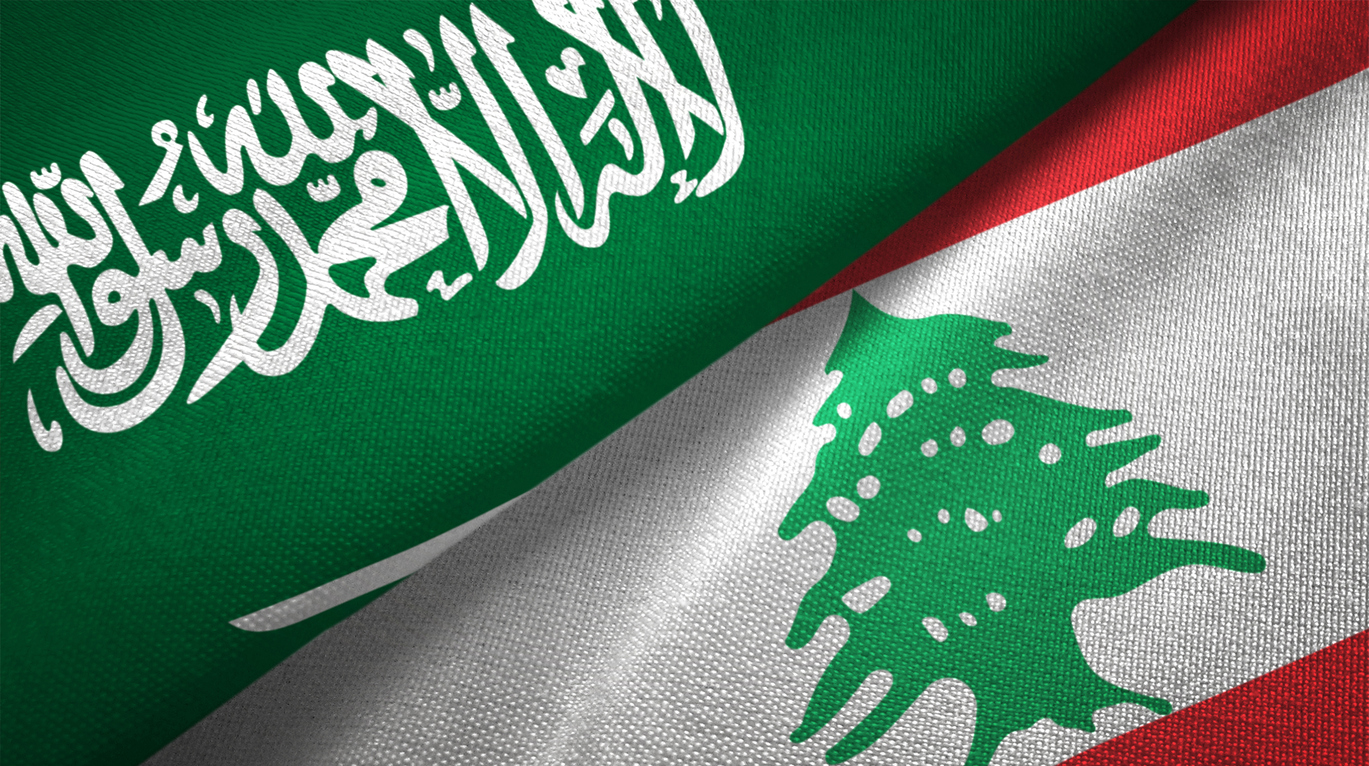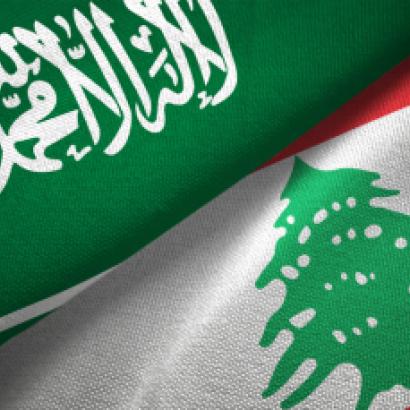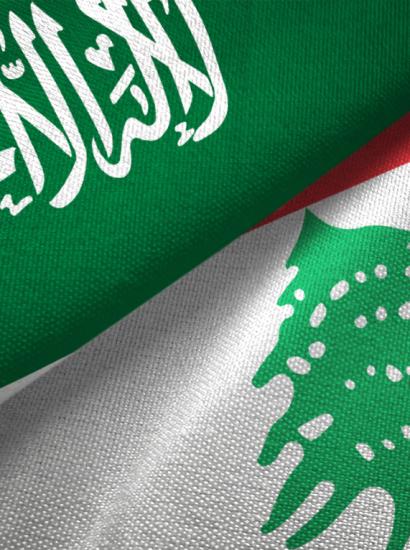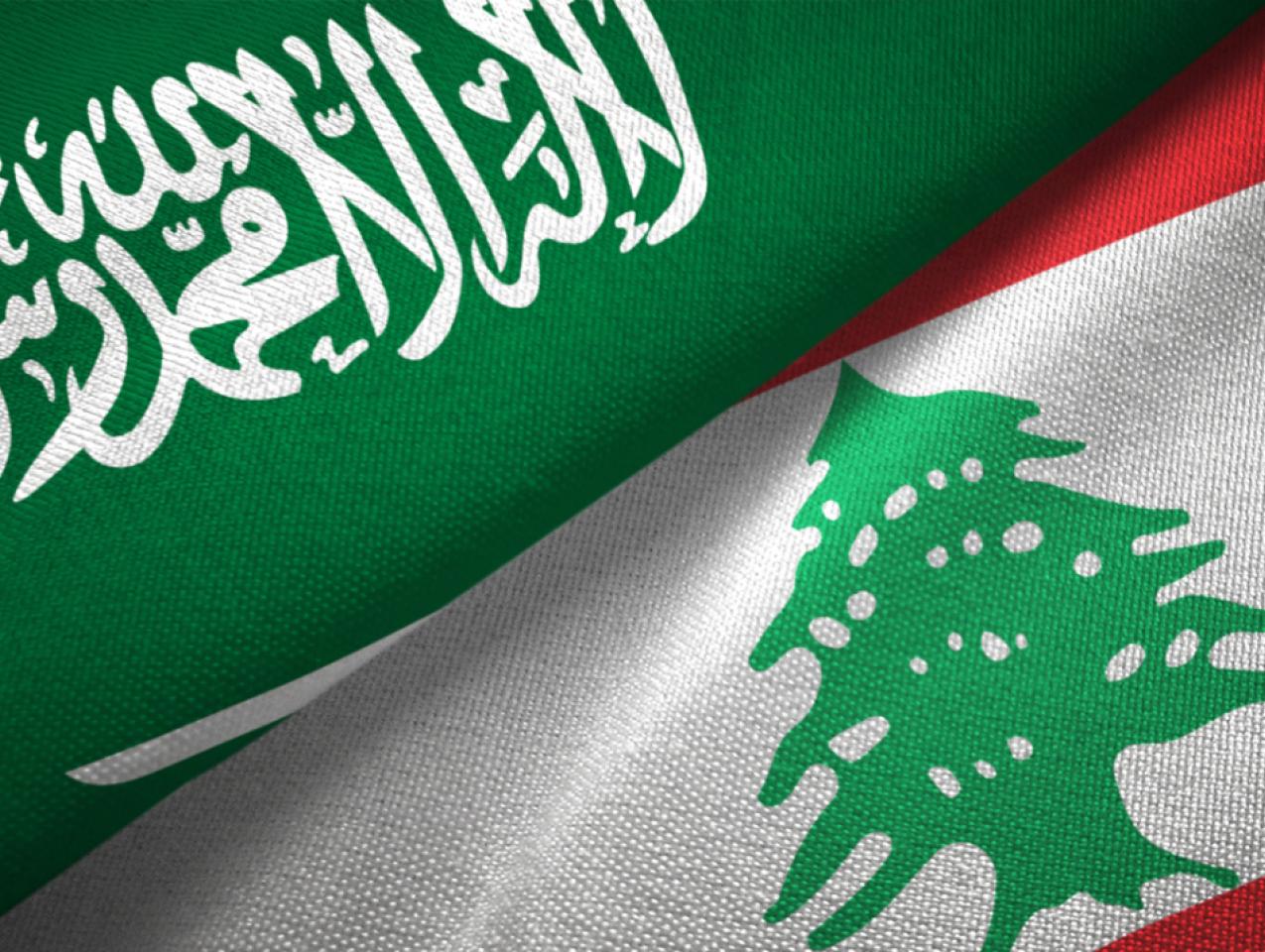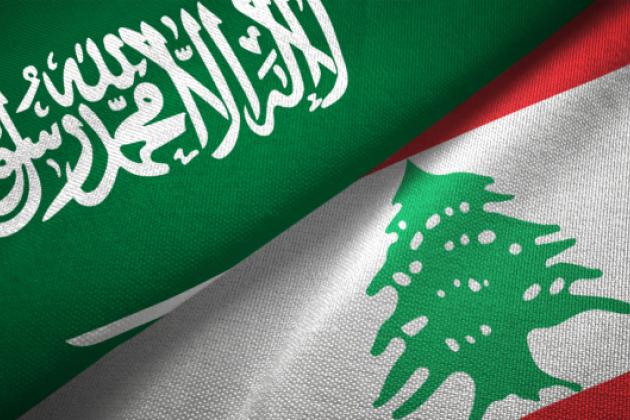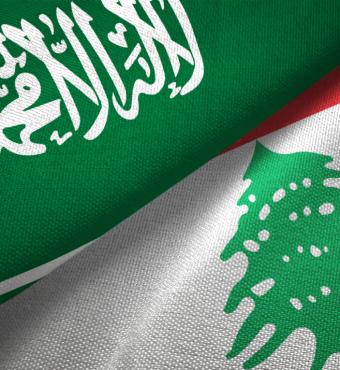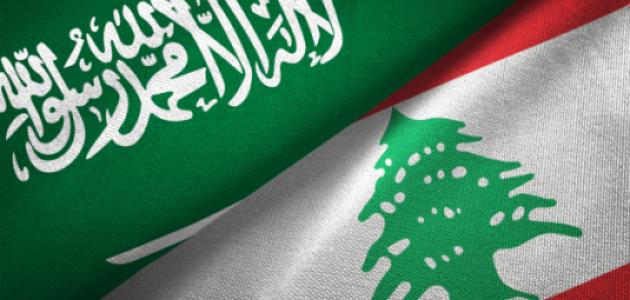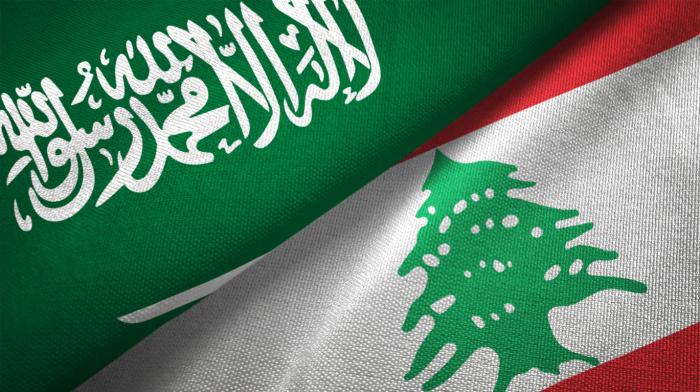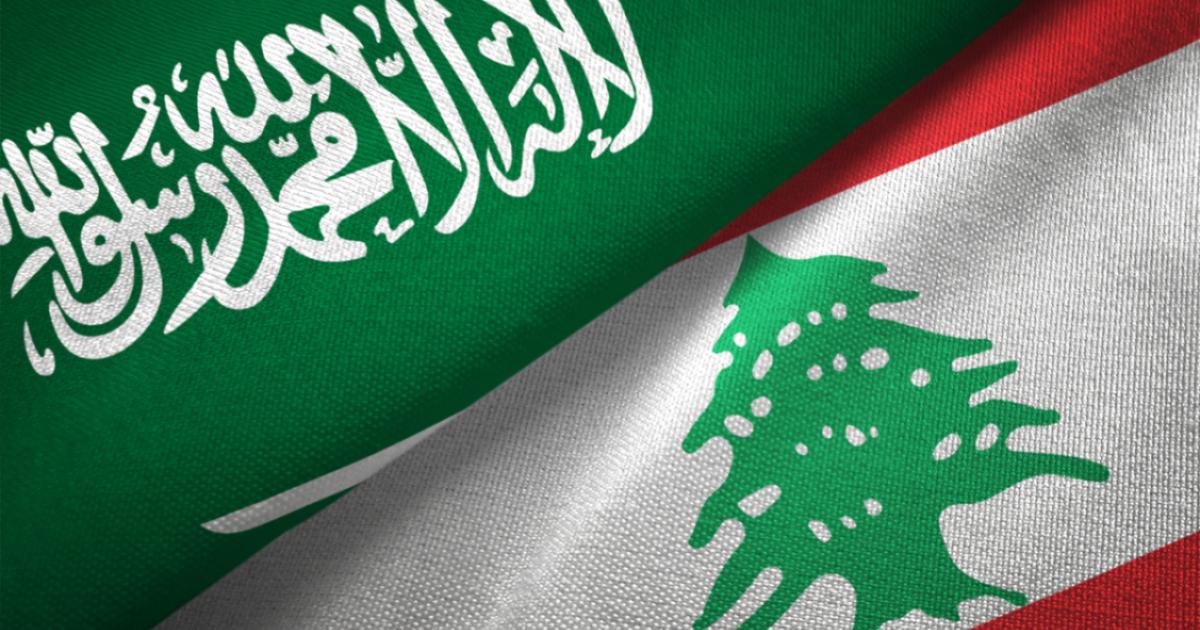The story of the relationship between Saudi Arabia and Lebanon has been marked by cycles of friendship and hostility, sometimes simultaneously – a love-hate relationship that eventually kept Saudi Arabia at bay, but not completely absent. The main reason for Saudi’s disenchantment with Lebanon is the power of Hezbollah and its Iranian patron. However, the kingdom has also been harboring a different kind of resentment – one that stems from the deceitfulness of its closest Lebanese allies.
Today, Saudi Arabia no longer sees Lebanon as a priority – Yemen, Gulf security, and its own economic and social policies take precedence – but it still cannot abandon Lebanon completely. The kingdom is walking a thin line between its unease with regard to Iran’s expanding control of the Lebanese state and its desire to help a fragile country, which retains at least tangential importance for the international community.
A Brief History of Disillusionment
The Taif Accords that ended the civil war in Lebanon in 1990 were the beginning of Saudi involvement, sending billions of U.S. Dollars sent to reconstruct the country and to counteract the mounting influence of the Iranian regime. Former Prime Minister Rafiq Hariri – whom the kingdom considered a loyal citizen of both countries – managed to fulfill Saudi’s plan in Lebanon, which was focused on reconstruction, investments, and development of the financial sector – with little attention to the war’s collective history, sectarian politics, or the growing Syrian hegemony in Lebanon.
When Hariri finally recognized the difficulty of balancing the Syrian-Iranian political agenda in Lebanon with his own economic and development plans, Hezbollah assassinated him in 2005, leading to mass protests and the formation of the March 14 coalition. This political coalition was heavily supported – financially and politically - by Saudi Arabia, which hoped that the son, Saad Hariri, would continue his father’s work. Yet these hopes were soon shattered when Hariri decided to compromise with Hezbollah.
Meanwhile, March 14 leadership was hit with assassinations, threats, and compromises, as Saudi Arabia grew more troubled by Iran’s growing influence and military power in the Gulf and in Yemen. Lebanon became a disappointment, and moved to the bottom of Saudia Arabia’s priorities in the region. Hariri lost Saudi support, but the kingdom was no longer interested in finding a replacement, or in empowering what was left of the March 14 coalition.
As Saudi Arabia disengaged, Iran quickly filled the power gap. In 2016, Michel Aoun became the president of Lebanon and Iran’s puppet and Hezbollah and its allies won the parliamentary elections in 2018, taking over most of the security, financial and political decisions in Lebanon, which led the country to a historical breakdown and financial collapse. The gap within the Sunni community was also tempting, and Hezbollah has succeeded in infiltrating the most vulnerable parts of that community.
Despite the Saudi decision to retreat from Lebanon’s political scene, Hezbollah continued to challenge Saudi Arabia with fiery statements, accusing it of supporting the Islamic State in Syria. The group then bombarded the kingdom, and other Gulf States, with multiple shipments of Captagon, smuggled inside Lebanese agricultural products. After a number of diplomatic skirmishes, banning Lebanese imports and the withdrawal of GCC ambassadors, Saudi Arabia finds itself at a crossroad: continue its limited political and humanitarian assistance to Lebanon, or disregard this troublesome country and let the Lebanese reap the consequences of Iranian hegemony over their country.
Long-Term Perspective
Last month, Saudi Arabia and a number of Gulf countries reiterated their call for their citizens to leave Lebanon. Although this warning came right after a heavy round of clashes that erupted in the Ein El Helwe refugee Camp in Sidon, it should be seen in the context of a broader Saudi perspective on Lebanon – that is, continued political pressure on Lebanon’s political elite.
This seems to be part of the current Saudi policy in Lebanon: tough love, or uncompromised political pressure on Lebanese political leaders, despite the recent China-backed agreement between Saudi Arabia and Iran. For the Saudi leadership, Lebanon did not - and probably will not - benefit from any regional settlement unless it implements reform and reaches an understanding with the International Monetary Fund (IMF). Lebanon needs to choose between subordination to Iran and its Arab identity. This has been the principle that governed Saudi’s involvement in the recent international community efforts to pressure Lebanon to elect a president and end the institutional void.
Saudi Arabia, Qatar, Egypt, the U.S., and France have recently agreed to engage in Lebanon’s presidential selection process, after France’s failed and alarming endeavor that temporarily advanced Hezbollah’s presidential candidate, Soleiman Franjieh. None of these countries is supporting a specific candidate, but it is clear that the new president cannot be a Hezbollah ally and must be able to form a government that implements reform. For Saudi Arabia, it is also imperative to implement the Taif Accords – which ended the Lebanese civil war in 1990 - after years of delaying and hesitating.
The urgency to implement the agreement is the valid fear of Hezbollah’s plans to change the constitution, restructure power-sharing in Lebanon, and impose a three-way power sharing division of parliament – whereby the Shia get a third, instead of a quarter – of the seats. With Hezbollah’s arms and its hegemony over the Shia community, gaining more seats in parliament means greater Iranian control over the state institutions.
Such changes would affect the establishment of any new government, including political and security appointments, leaving no room to resist Iran’s hegemony. Implementing the Taif Accords could be a way of hindering Hezbollah’s plans to restructure power-sharing in Lebanon; that is, stop Iran from influencing Lebanon’s identity and political dynamics.
There are a number of crucial clauses in the Accords that have not been implemented, and if they were, they could empower state institutions and eliminate sectarian political divisions, in addition to weakening Hezbollah and its allies. For Saudi Arabia, this is an existential confrontation, which goes well beyond the presidency, but could start with it.
In any case, Saudi Arabia will certainly never go back to the “open checkbook” policy in Lebanon – pouring billions into that country without conditions or immediate results. Those days are over, and if Saudi Arabia decided to endorse Lebanon again, it will demand results: a drastic decline in Iran’s influence in Lebanon, the implementation of Taif, the implementation of international resolutions, mainly UNSCR 1701, and serious. reforms through an IMF program. Saudi Arabia will no longer support Lebanon unconditionally; it might, however, invest in Lebanon – that is, invest in a country that does not knuckle under to threats and terrorism, but acts with loyalty toward its political and economic alliance. Any progress will be contingent on implementing the Taif Accords.
The U.S. Role and Policy Implications
Implementing reforms and weakening Hezbollah in Lebanon should also be U.S. priorities. Whether or not a U.S.-brokered Saudi-Israeli agreement sees the light soon, Saudi Arabia, Israel, and the U.S. will still see Hezbollah in Lebanon as a threat to their interests. Saudi agreements with Israel, Iran, China, or Russia, will not influence its Lebanon policy, but one factor would – a more robust U.S. role in Lebanon.
The U.S. is the largest donor to Lebanon today. Since 2010, U.S. assistance to Lebanon has exceeded $4 billion, but there has not been a clear policy towards Lebanon beyond security and humanitarian assistance, in addition to a number of specific sanctions. Most of the push for change in Lebanon’s leadership has been delegated to France, represented today by its special envoy Jean-Yves Le Drian.
Saudi Arabia might decide to boost its efforts in Lebanon, if there were a clear U.S. policy and a more hands-on approach, especially if this U.S. policy includes pushing back against Iranian interests. Such a policy could include, for example, more sanctions against Hezbollah’s political allies and its business community and exposing Hezbollah’s links to the Houthis or certain Iran-linked groups in the Gulf. In addition, the U.S. could work to curb Captagon smuggling as well as Hezbollah’s recent recruitment of Sunni fighters in Lebanon and Palestinian camps.
There are no doubt flaws in the Taif Accords. For example, they affirm that the disarmament of all militias took place, but Hezbollah was given an exception, treated as a “resistance force” rather than a militia, for fighting Israeli occupation in the south. In addition, the Taif Agreement recognized the eradication of political sectarianism as a national priority, but it provided no timeframe for achieving this goal, while at the same time certifying a sectarian division-of-power in the parliament. The agreement also treated the Syrian regime as the postwar power broker in Lebanon, a role the regime abused and extended until 2005.
Despite such flaws, the Accords do have certain elements that the U.S. can highlight and find common ground with Saudi Arabia. For example, it includes terms that aimed at reforms, judicial independence, administrative decentralization, a new non-sectarian electoral law, and the formation of a senate. Updating, and modernizing the Taif Accords is vital, but the beginning could be further implementation of its existing provisions. Such reforms might facilitate a return of Saudi support. Otherwise, Lebanon will continue to be dragged into Iran’s orbit, with the primacy of political Shiism and the establishment of Hezbollah hegemony.
Bio: Hanin Ghaddar is the Friedmann Senior Fellow at The Washington Institute and author of Hezbollahland: Mapping Dahiya and Lebanon’s Shia Community.







